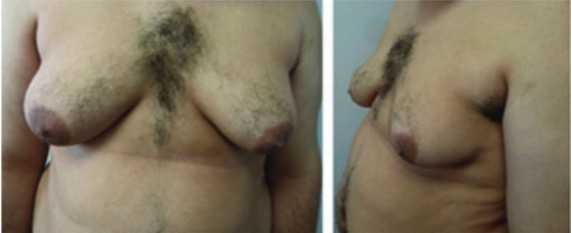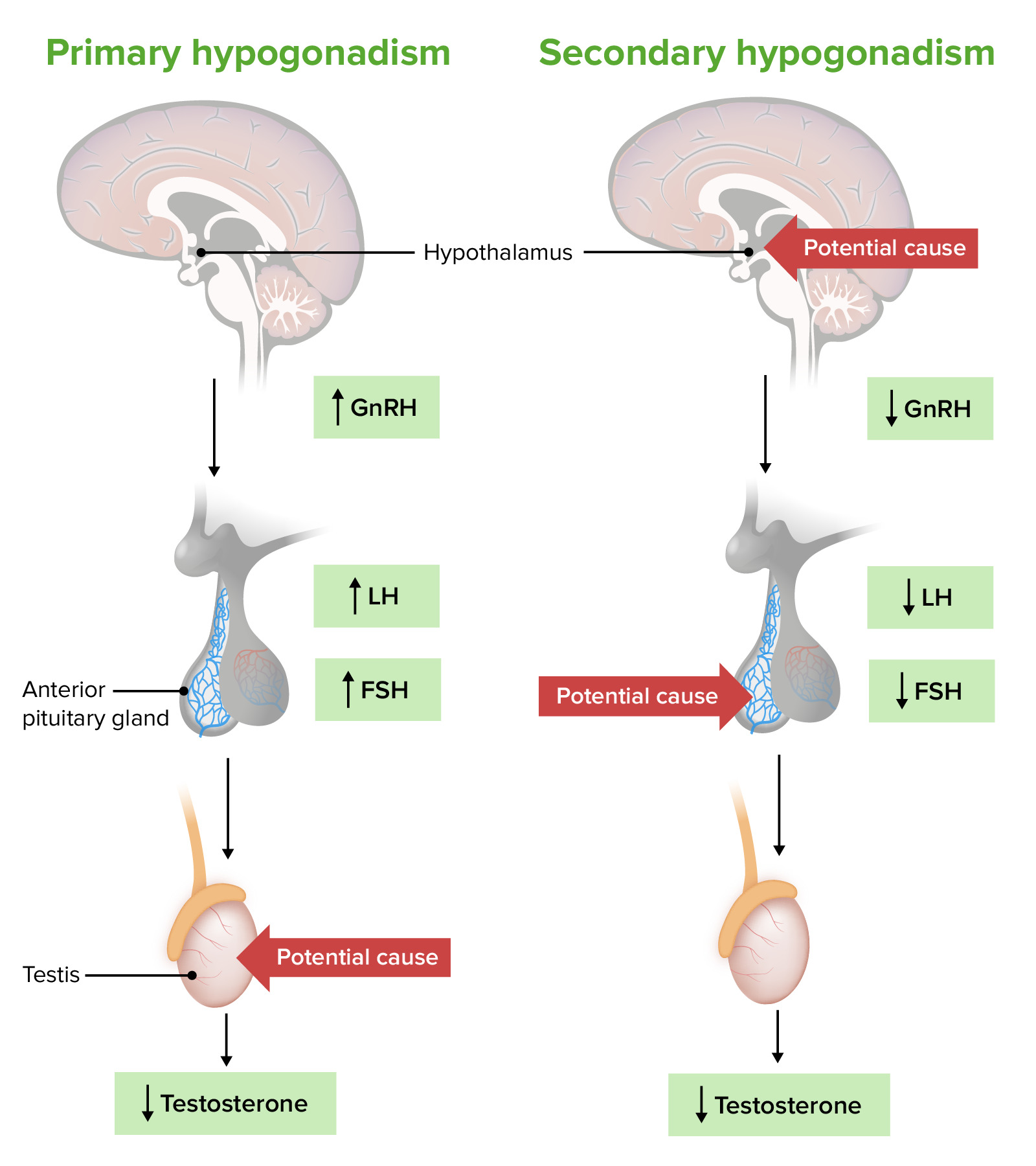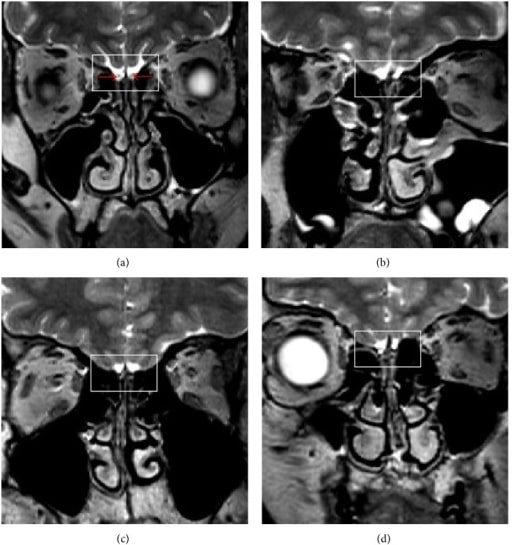Playlist
Show Playlist
Hide Playlist
Hypogonadism
-
Slides Reproductive Hormonal Pathophysiology.pdf
-
Reference List Pathology.pdf
-
Download Lecture Overview
00:00 On this table and there are a number of tables that coming up in this section, really we’ll give you the proper differentials and areas in which students keep getting confused. But we’re going to clarify all of this right now. Our topic is hypogonadism. Once again, it will be in your best interest to make sure that you go through the physiology that I’ve explained in great detail or at least I've given you the foundation for you to understand this. Hypogonadism can occur in a number of ways. Our patient is a male. 00:37 Our patient obviously has testis. As we get older and maybe you were in your 70s, maybe the testis, they are not functioning properly. That’s hypogonadism. Maybe perhaps the pituitary gland isn’t working properly. It’s not releasing proper amounts of LH and FSH. Obviously, that is going to result in hypogonadism. 01:00 We call that secondary, tertiary. It would be if the hypothalamus isn’t working properly. With all that said, let’s now begin. Our categories in columns include sex steroids, LH, FSH. Primary hypogonadism, let me walk you through this. You’re not memorizing. If the testis are not working for whatever reason, old age, this is hypogonadism. Where is testosterone coming from? Oh yeah, the testis. Therefore, if the testis aren’t working, take a look at your sex steroid which is your testosterone. It will be decreased. 01:41 So if that’s decreased then what’s the mechanism? What’s the feedback mechanism? Oh yeah, gonadotrophic. 01:48 I told you earlier to keep hypothalamus and pituitary together because pathologically or clinically, we call this gonadotrophic. So if your testosterone levels are decreased due to primary hypogonadism, tell me about your gonadotrophic hormones. Obviously, they’re increased. Welcome to hypergonadotropic hypogonadism, A.K.A. primary hypogonadism. Take a look at your labs here, a decrease in testosterone, an increase in LH and FSH. You understood the physiology that I've walked you through, this should be no problem. Let’s move a little bit faster. Pituitary, pituitary hypogonadism. I told you earlier to make sure that you keep your pituitary and your hypothalamus together. If your pituitary doesn’t have LH and FSH, would you please take a look at the last two columns? The anterior pituitary is not releasing LH and FSH. 02:41 What’s causing this pituitary pathology in a male, in a male? Oh, maybe there’s space-occupying lesion, a non-functional, abnormal, literally destroying the pituitary gland. If you don’t have the LH and FSH, how in the world are you supposed to produce testosterone? You don’t. Welcome to pituitary hypogonadism. 03:01 We call this hypogonadotropic hypogonadism. What’s my topic for the entire table? Hypogonadism.
About the Lecture
The lecture Hypogonadism by Carlo Raj, MD is from the course Reproductive Hormone Disorders.
Included Quiz Questions
Which of the following statements about hypogonadism is INCORRECT?
- Primary hypogonadism results from an increased function of the pituitary gland.
- In secondary hypogonadism, LH/FSH levels are abnormally low.
- Hypogonadism of the aging man is considered primary hypogonadism.
- Tertiary hypogonadism is a result of decreased function in the hypothalamus.
- Secondary hypogonadism is a result of pituitary hypofunction.
Which one of the following combinations is INCORRECT?
- Primary hypogonadism — low testosterone, low LH, high GnRH
- In secondary and tertiary hypogonadism — low LH, low spermatogenesis
- Hypogonadism of the aging male — low testosterone, high LH, high GnRH
- Tertiary hypogonadism — low testosterone, low LH, low GnRH
- Secondary hypogonadism — low testosterone, low LH, high GnRH
Which one of the following combinations is INCORRECT?
- Hypogonadism of the aging male — pituitary adenoma
- Tertiary hypogonadism — hypogonadotrophic hypogonadism
- Secondary hypogonadism — hypogonadotrophic hypogonadism
- Secondary hypogonadism — pituitary adenoma
- Primary hypogonadism — hypergonadotrophic hypogonadism
Customer reviews
4,5 of 5 stars
| 5 Stars |
|
1 |
| 4 Stars |
|
1 |
| 3 Stars |
|
0 |
| 2 Stars |
|
0 |
| 1 Star |
|
0 |
This guy is awesome! Explained something in 3 minutes that the book wasn't able to do in 10 pages. "understand, don't memorize" Thanks Dr Carlo Raj!!!
could have been more immediate to understand if cited negative feedback in the primary hypogonadism.






